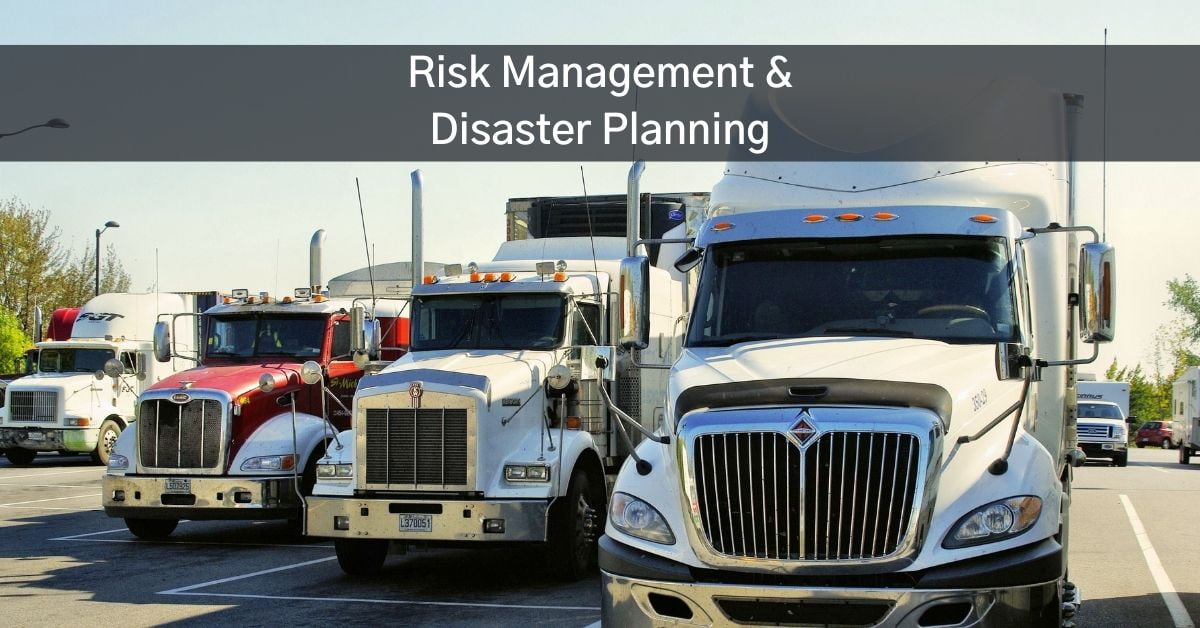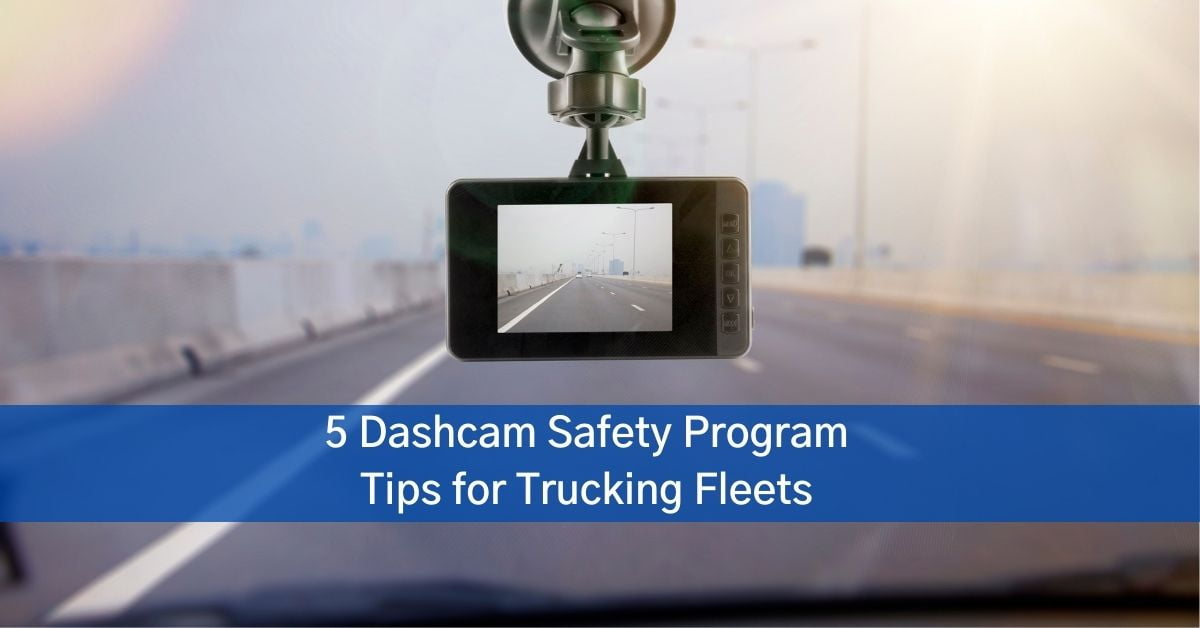How much does that claim really cost?
 It is surprising how many transportation and fleet companies look at their insurance loss run and identify the figure with the total cost. This method of cost evaluation is inaccurate on such a magnificent scale. Somewhat parallel to the iceberg theory, only 20% is visible. The remaining 80% is quite relevant but goes unnoticed and therefore easily overlooked or overshadowed. Loss frequency thwarts the opportunity to remain competitive. Losses cost far beyond deductibles and increased insurance rate hikes.
It is surprising how many transportation and fleet companies look at their insurance loss run and identify the figure with the total cost. This method of cost evaluation is inaccurate on such a magnificent scale. Somewhat parallel to the iceberg theory, only 20% is visible. The remaining 80% is quite relevant but goes unnoticed and therefore easily overlooked or overshadowed. Loss frequency thwarts the opportunity to remain competitive. Losses cost far beyond deductibles and increased insurance rate hikes.
True Cost of a Loss
A loss is a number. In many cases, it’s a very significant number. It can be considered a lightning rod where all factors contributing to the vehicle’s replacement or repair (and the driver) are calculated. There are tangible and intangible factors to ruminate on to determine the final cost of a loss effectively. Tangible is likely the easiest number to identify. The intangible, such as the loss of a customer, is much more challenging to assess. For example, out of service costs, costs to reroute loads, loss of production, inability to commit to the deadline (loss of customer) equates to a loss of revenue in addition to the time that staff is obligated to sift through the claims process until it’s finalized.
If losses are frequent, this promotes an opportunity for competitors to hone in on a customer base by offering service (freight will get there intact and on schedule) or more appealing rates. Claims frequency will hurt insurance premiums. Coupled with the amounts paid out on deductibles and out of pocket expenses, this elevates the cost to operate, rendering a distinct disadvantage to remain price competitive.
To pay for the losses, it takes sheer profit to cover the financial expectation of the loss. Many times on a shoestring budget, this equates to borrowing money. Unexpected fees for borrowed money also form part of the claims costs. It is easy to determine how much revenue must be generated to pay for a loss. Imagine a 5% profit margin with a true cost loss of $20,000 and an average income of $100,000 a year; it will take FOUR years to become profitable. Overwhelming to think of, but the reality is so evident.
A Risk Management Mindset
Safety and compliance is a mindset that must be adopted. Safety and compliance is not an income-generating position; however, without having a culture within a company (or even as an owner-operator), the amount of money that can be lost certainly dictates it cannot be overlooked. It’s a position that may not generate income but certainly contributes to mitigating losses and keeping money in the company.
Linda Colgan has been an Insurance Broker in the transportation industry since 1986 and is Senior Account Executive with Bryson & Associates Insurance Brokers Ltd. Feel free to email Linda at lcolgan@brysoninsurance.ca.
This article first appeared in the Ontario Trucking News.
Share, Choose Your Platform!
Related Posts
If you enjoyed reading this, please explore some of our other articles:





